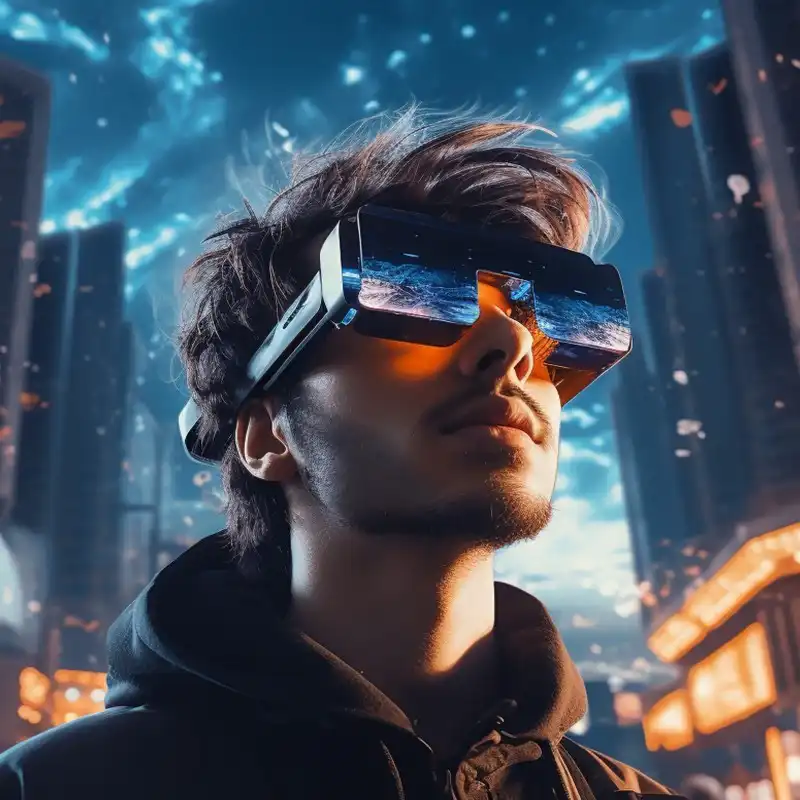What is Drop Shadow?
A drop shadow is a visual effect used in graphic design, often employed to create the illusion of depth or to enhance the appearance of an element on a page. This effect is characterized by a shadow that appears behind or beneath a text or object, mimicking the effect of a light source casting a shadow. The drop shadow effect serves not only as a means to add contrast to an element but also as a tool to enhance the overall aesthetic of a design. In the realm of digital design, drop shadows are commonly applied through graphic design software like Adobe Photoshop, Illustrator, or web languages such as CSS in web development.
Key Takeaways
- A drop shadow effect creates the appearance of depth by simulating a shadow beneath or behind an object or text.
- This effect enhances the readability and visual interest by providing contrast and emphasis.
- Drop shadows are widely used in digital interfaces, logo designs, and marketing materials to guide visual focus.
- Implementing a subtle drop shadow can add sophistication and polish to a design without overwhelming the viewer.
- Manipulating attributes such as blur, spread, and angle can tailor the drop shadow to fit specific design aesthetics.
Uses of Drop Shadow in Marketing and Design
The application of drop shadows transcends simple aesthetics; it plays a strategic role in marketing and design. By providing depth, a drop shadow can draw attention to key components such as call-to-action buttons in digital marketing campaigns, ensuring that the elements critical to user engagement are not missed. In branding, a well-executed drop shadow can offer a sense of sophistication and modernity, making a logo or brand mark appear more striking. Additionally, in product marketing, using drop shadows can accentuate products in imagery, highlighting them against their backgrounds, and making them the focal point in advertisements.
Creating Effective Drop Shadows
To craft an effective drop shadow, one must consider the interplay of light and positioning. The angle of the drop shadow should correspond with the imagined light source, creating a natural look and feel. Furthermore, adjusting the blur and distance of the shadow allows designers to simulate various light intensities and distances, enhancing the realism of the scene. For print and digital design alike, ensuring consistency across elements with a drop shadow aids in creating a unified appearance.
The Bottom Line
The drop shadow effect is an essential tool in a designer's toolkit, acting as a versatile skillset to elevate the visual appeal and functionality of a design. Its importance lies in its ability to direct viewer attention, enhance readability, and contribute to the aesthetics of a piece. For startups, digital agencies, and ecommerce brands seeking to establish a professional and engaging brand image, mastering the application of drop shadow can significantly impact the effectiveness of marketing materials and designs, ensuring that key elements stand out in visually crowded spaces.
















